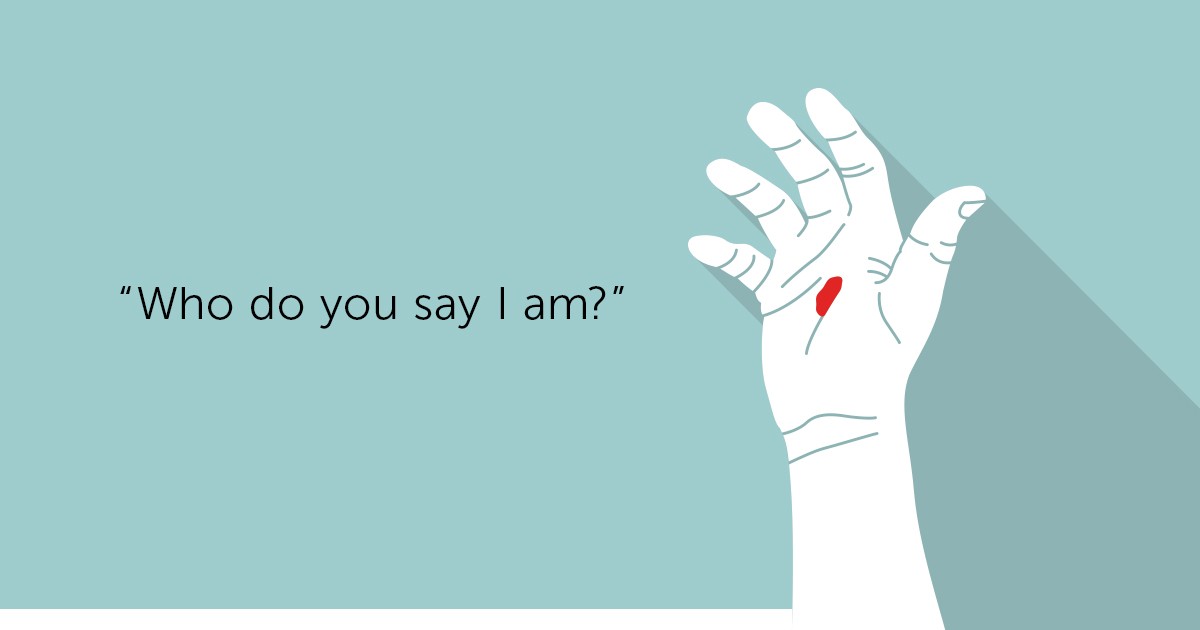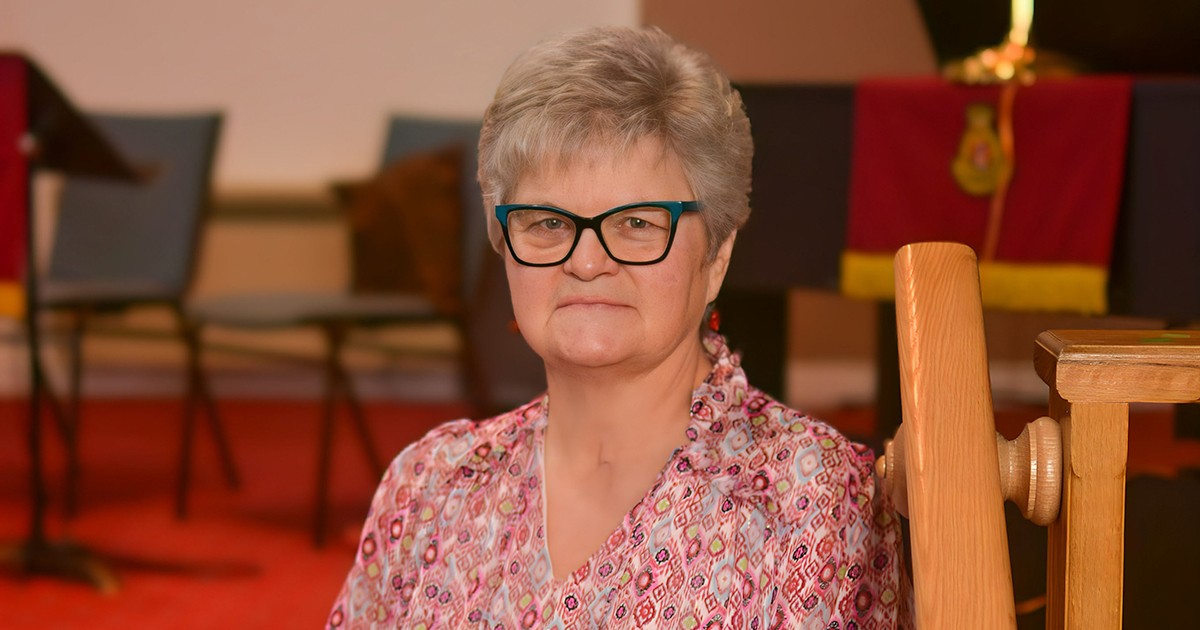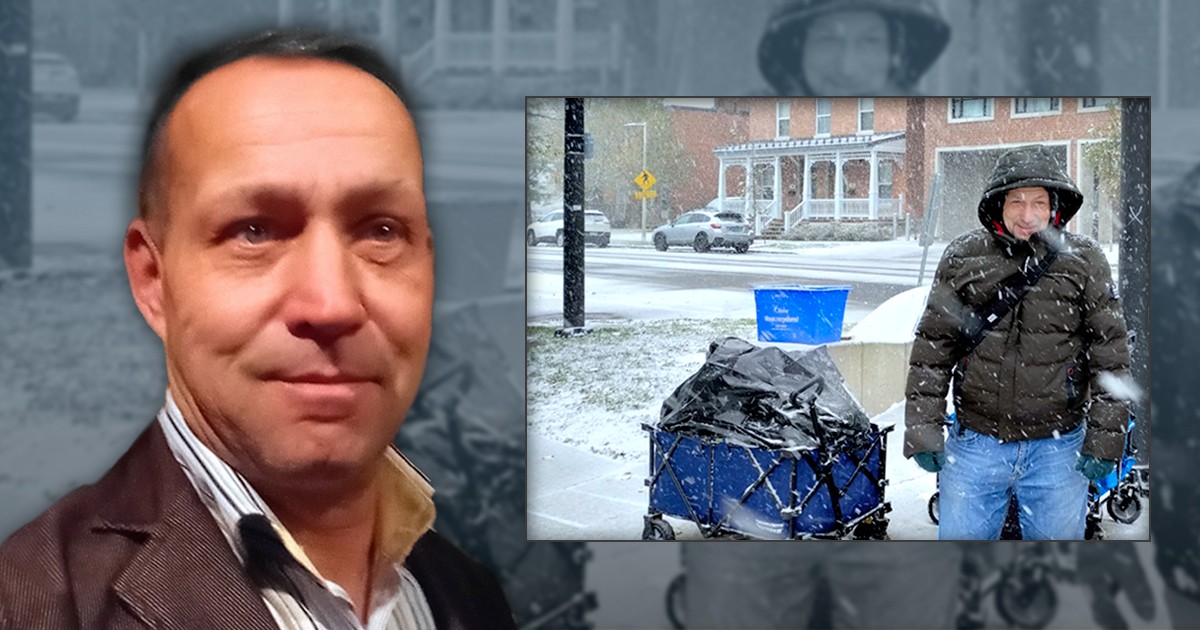The New York Times recently featured a meditation on “The New Spiritual Consumerism: On shows like Queer Eye, makeovers, shopping and redecorating are presented as deeply meaningful.”
The writer of the article, Amanda Hess, tartly comments on the remedies offered by the show’s makeover gurus: “Their salves penetrate the skin barrier to soothe loneliness, anxiety, depression, grief, low self-esteem, absentee parenting and hoarding tendencies. The makeover is styled as an almost spiritual conversion. It’s the meaning of life as divined through upgraded consumer choices.”
Along the way, Hess properly mentions Marie Kondo, the high priestess of decluttering, and actress Gwyneth Paltrow, who heads the very strange GOOP company/cult. The patron saint of shops and spas as sites of salvation, however, doesn’t get noticed. But surely she is Oprah Winfrey, the queen of vertical integration—from lipstick to divinity. (Note her role as gigantic demigoddess Mrs. Which in the latest movie version of A Wrinkle in Time—the role she was born to play.)
Winfrey has played a huge part in North American (and global) consciousness generally as she has happily commended self-improvement in a wide range of forms as a kind of spiritual quest. Mysticism throughout history and across the globe, however, typically has tended toward the ascetic, not the aesthetic. It’s not easy to train one’s mind on challenging intellectual and spiritual concepts while trying to connect one’s soul with ultimate reality as one wallows in a warm mud bath, listening to Enya and sipping on an expensive water.
More basically, however, in the spa the vectors all point toward oneself, a little black hole of consumption. True spirituality—at least as Christianity defines it—reverses the vectors: getting one’s life in line with the universe, getting along with one’s “non-soothing” neighbours, and, above all, getting in touch with God. And not God as friendly therapist or supportive patron or indulgent grandparent, but God as Sovereign Creator toward whom one owes abject service, however inconvenient such obedience might be to one’s preferred lifestyle, or however embarrassing that identity might be to one’s carefully curated social media presence.
“But I feel so much better when I’ve been to the spa!” And people currently enjoying high-powered opiates feel better than most of the rest of us do, too. Feeling unusually good is no measure of truly transcending the quotidian to arrive at a higher spiritual plane. Consider the many references to darkness and depletion in the world’s spiritual literatures. And one must beware of whatever insulates us from real life rather than helping us make the best of real life.
“This is my Father’s world,” the hymn reminds us, and the Bible encourages us to enjoy it—from this fabulous flower petal to that stunning constellation. The key to such enjoyment, however, is not to congratulate oneself on another impressive step in one’s splendid journey of self-realization, but to thank God for kindly providing such moments along life’s way.
And those moments really are just by-the-by. The Bible warns us, after all, that this gorgeous world is nonetheless currently a war zone, in war time. Our calling is not primarily to construct a lovely life as a kind of art project, suitable for sharing on Instagram, but to do all the good we can in the furtherance of God’s great program of rescue and renewal—however dirty, or even just ordinary, we might have to get in the process.
Should we pause, then, for moments of beauty and pleasure? Of course we should: as God generously grants them to us. Should we make beauty and pleasure the centre of our lives, the summit of our experience? Of course we shouldn’t: not when so many people are starving, and raving, and killing and crying.
And not when we ourselves so desperately need fundamental reorientation and reconstruction: to be turned inside out, rather than enjoying a mere makeover.
Dr. John Stackhouse is professor of religious studies at Crandall University in Moncton, N.B. He blogs at johnstackhouse.com.
Reprinted with permission from others magazine (The Salvation Army Australia Territory).
Photo: George Peters/E+ via Getty Images










Leave a Comment